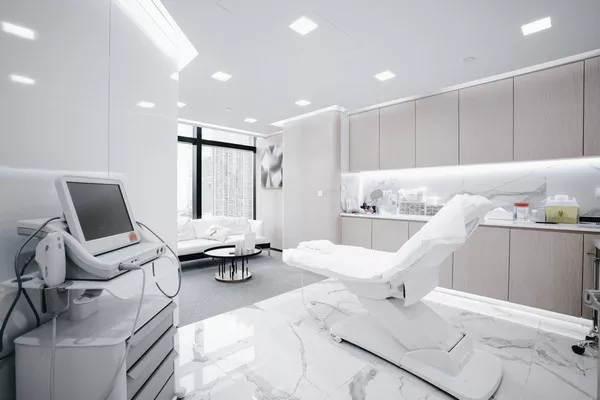Cheongju, South Korea – Lee Kyung-ja’s sister is caught in the crossfire of a protracted labor dispute between South Korean doctors and the government, putting her life at risk. The ongoing walkout by trainee doctors, lasting more than three weeks, is leaving citizens grappling with delayed procedures, turning to telemedicine, and seeking alternative care.
The doctors’ protest stems from the government’s controversial plan to increase medical school enrollment by 2,000 spots annually, from the current 3,058. President Yoon Suk-yeol’s administration remains steadfast in its support for the plan, providing funding incentives for doctors who continue to fulfill their duties amidst the strike.
The impact of the labor action is evident, with more than 90% of the country’s 13,000 trainee doctors defying a government deadline to return to work by the start of March. This has resulted in a 50% reduction in surgeries and decreased staffing levels in emergency rooms, according to government reports.
As citizens like Lee struggle to access essential healthcare services, the government has implemented measures to alleviate the strain, including allowing nurses to assume additional responsibilities, opening military hospital emergency rooms to the public, and redeploying military doctors to civilian facilities.
The Health and Welfare Ministry has committed to injecting 188.2 billion won (US$143.1 million) monthly into national health insurance finances to boost compensation for doctors working in emergency centers and intensive care units during the strike.
Lee Geon-joo, head of the Korea Lung Cancer Patient Association, voices concern that while critical care is still being provided, patients are caught in the crossfire of doctors’ worries about their future earning potential if more individuals enter the medical profession.
The protesting doctors argue that the enrollment plan fails to address fundamental issues such as physician shortages in critical fields, urban concentration of doctors, and various legal risks. Meanwhile, medical procedures, including vital screenings like endoscopies, are being postponed, raising fears of long-term consequences, according to Kim Sung-ju, head of the Korean Cancer Patients Rights Council.
President Yoon contends that an increase in doctors is necessary to meet the healthcare needs of the rapidly aging nation, a sentiment supported by public polling. However, this is not the first attempt to raise medical school quotas, as a similar effort in 2020 was abandoned following a month-long walkout during the COVID-19 pandemic.
The consequences of the current walkout are most pronounced in larger general hospital emergency rooms, where trainee doctors comprise a significant portion of staff. As these facilities close, smaller hospitals, such as Hana Hospital in Cheongju, face increasing pressure and strain on resources.
Emergency staff at Hana report skipping meals due to the influx of patients redirected from larger hospitals affected by the strike. Concerns are rising about the sustainability of the situation, with recent incidents, including patients with cardiac arrest, adding to the challenges.
Despite the hardships faced by citizens and healthcare professionals, President Yoon’s tough stance in the dispute has seen his approval rating rise to 39%, potentially impacting the upcoming April elections. As the nation races against time to resolve the crisis, citizens like Sung Si-yoon, a street vendor, emphasize the need for a resolution that prioritizes economic issues alongside healthcare concerns.


